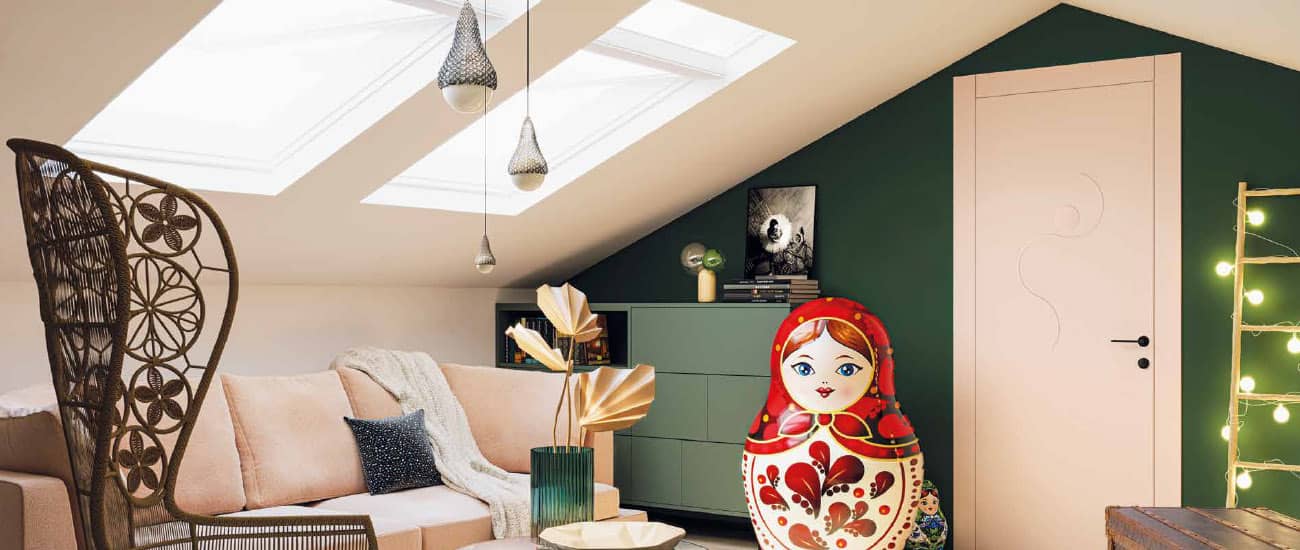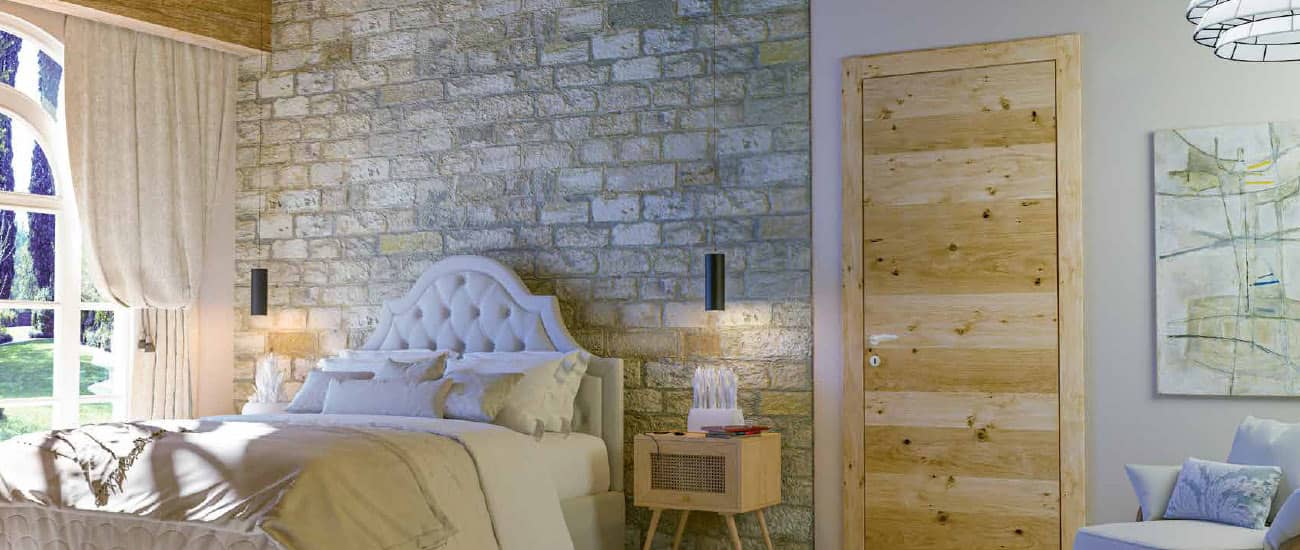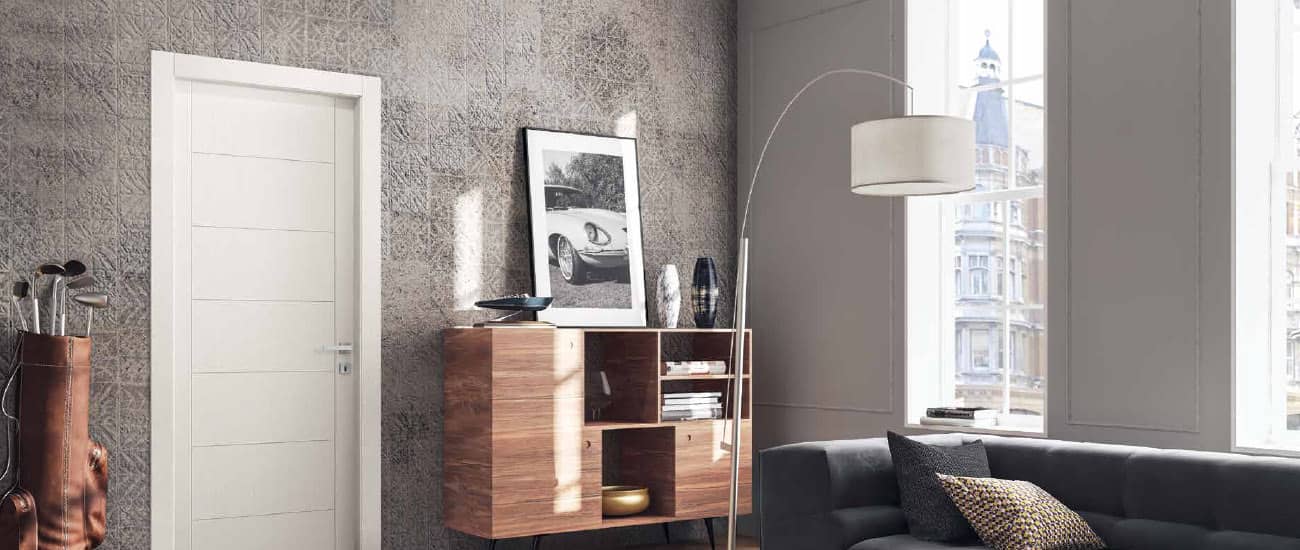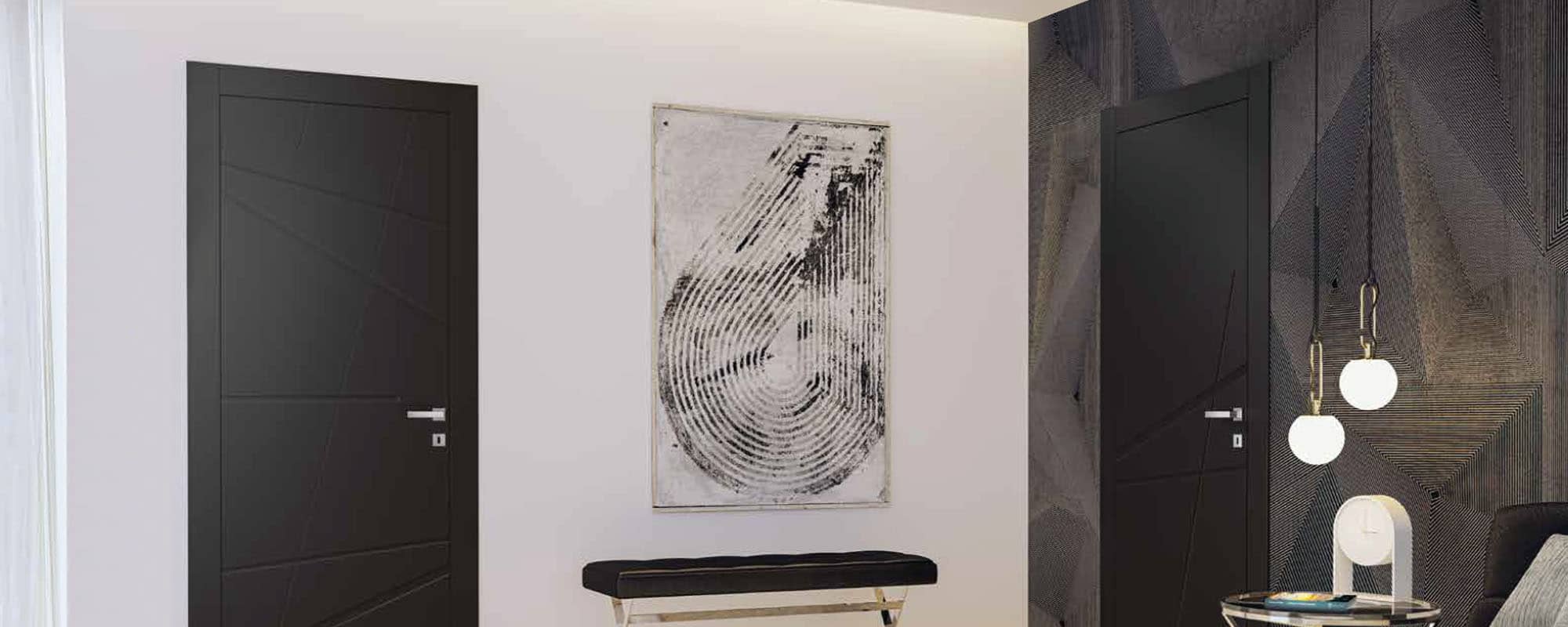Reading time: 3min 50sec – The following blog article is valid in Italy only.
If you have not yet chosen your interior doors you will surely have noticed that it is a not at all trivial consideration that asks you to evaluate aesthetic, practical and technical elements at the same time.
This last point is the focus of the article you have just started reading, specifically we are going to address a controversial topic that is not always easy to understand: is it possible to deduct the expense of purchasing doors?
To answer in a simple way and avoid further doubt on the issue, we need to take a small step back and understand the difference between:
- ROUTINE MAINTENANCE;
- EXTRAORDINARY MAINTENANCE;
- RESTORATION AND CONSERVATIVE REHABILITATION;
- RESTRUCTURING.
Understanding the distinction between these types of interventions will help you understand whether you qualify for government benefits.
Let’s start with the definition of ORDINARY MAINTENANCE and then review it by stepping outside the technical language. It includes:
“building interventions involving the repair, renovation and replacement of building finishes and those necessary to integrate or maintain the efficiency of existing technological systems”
Source: “ordinary maintenance operations,” Art. 3, para. 1(a), law d.P.R. no. 380/01

In a nutshell it means that if you make repairs or simple replacements of old items with new ones then we are talking about routine maintenance. In short, if you replace a door or freshen up the walls you certainly fall under those interventions that can be defined as “renovation” of finishes and therefore we are in a case of ordinary maintenance.
Let us now turn to the definition of EXTRAORDINARY MAINTENANCE, reporting an excerpt and trying to understand the difference with ordinary MAINTENANCE. This is extraordinary maintenance in cases where…
“the works and changes necessary to renovate and replace parts, including structural parts of buildings, as well as to implement and integrate sanitation and technological services, provided that they do not alter the overall volume of the buildings and do not involve changes in urban planning relevant destinations of use involving an increase in the urban load. Within the scope of extraordinary maintenance interventions are also included those consisting in the splitting or amalgamation of building units with the execution of works even if they involve the variation of the surfaces of individual building units as well as the urban load provided that the overall volume of the buildings is not changed and the original intended use is maintained. […]”
Source: Excerpt of “extraordinary maintenance work,” Art. 3, paragraph 1(b), law d.P.R. no. 380/01
Basically if you widen a passage between two rooms then we are talking about extraordinary maintenance. It is easy to see that this is a type of intervention that requires more effort than routine maintenance both in terms of money and manpower.
CONSERVATIVE RESTORATION AND RENOVATION includes:
“building interventions aimed at preserving the building organism and ensuring its functionality by means of a systematic set of works that, in compliance with the typological, formal and structural elements of the organism itself, also allow the change of uses as long as they are compatible with such elements, as well as in accordance with those provided for by the general urban planning instrument and related implementation plans. […]”
Source: Excerpt of “restoration and rehabilitation works”, Art. 3, paragraph 1(c), law d.P.R. no. 380/01

One example may be to work on a degraded element of the house such as a damp wall that may cause plaster peeling, mold, or other.
And so we come to the last intervention: RESTRUCTURING. They are understood to be
“interventions aimed at transforming building bodies through a systematic set of works that can lead to a building body wholly or partially different from the previous one. Such interventions include the restoration or replacement of some constituent elements of the building, the elimination, modification and insertion of new elements and installations. Within the scope of building renovation interventions are also included the demolition and reconstruction of existing buildings with different outline, elevations, floor area and planivolumetric and typological characteristics, with the innovations necessary for compliance with earthquake-resistant regulations, the application of accessibility regulations, the installation of technological systems and energy efficiency. […]”
Source: Excerpt of “renovation works,” Art. 3, Paragraph 1(d), Law d.P.R. no. 380/01
For this specific case you can think about opening a large window to make your living room brighter.
We have reached the end of this article, and it is time to draw conclusions.
Changing an interior door because it is worn out does not amount to renovation, but to routine maintenance. Therefore, you are eligible for the 50 percent bonus if the replacement is included within a more substantial intervention that may fall under the definitions of extraordinary maintenance, rehabilitation, or renovation for work on individual apartments or independent buildings, such as the demolition of an interior wall.
Simply put, replacement of interior doors normally falls under ordinary maintenance and therefore is not deductible; however, it is deductible if you make it part of or combine it with an intervention subject to deduction.
This means that in the case of extraordinary maintenance, rehabilitation or renovation on a single building (depending on the case underlying a municipal permit: CILA, SCIA or PDC), the 50 percent deduction can also be calculated for the cost of replacing interior doors, if necessary to complete the work carried out as a whole.

I hope I have given you all the information you need to understand which of the four interventions your specific case falls into.
In any case, the advice is to consult an expert in the field, thus an architect or surveyor, to best intervene in each specific case.
In the meantime, why don’t you browse through one of our catalogs! I’ll leave you the link below, you will find several proposals in stock and new models with original design signed Manuello Design.
Kind regards,
Mattia Manuello

